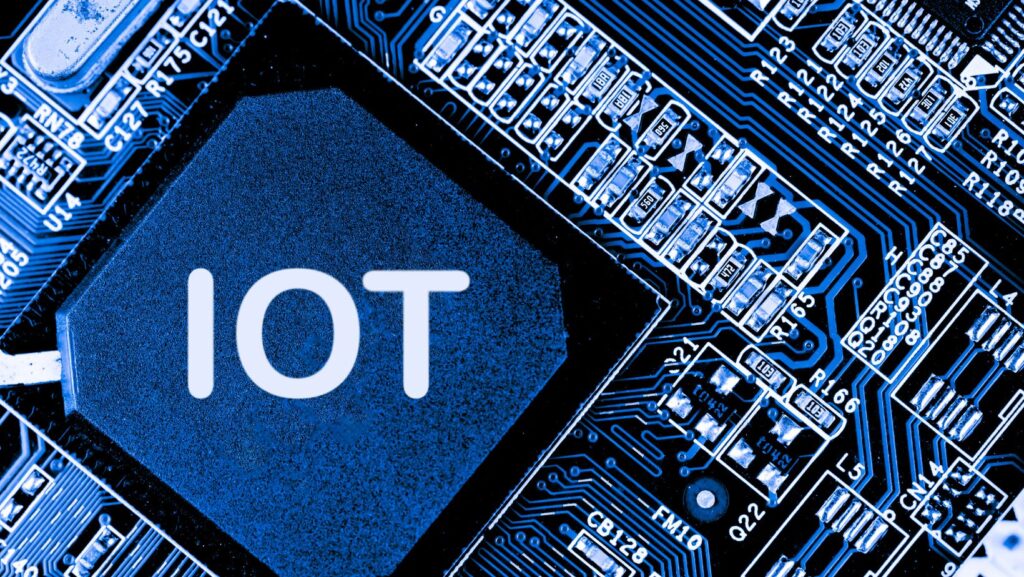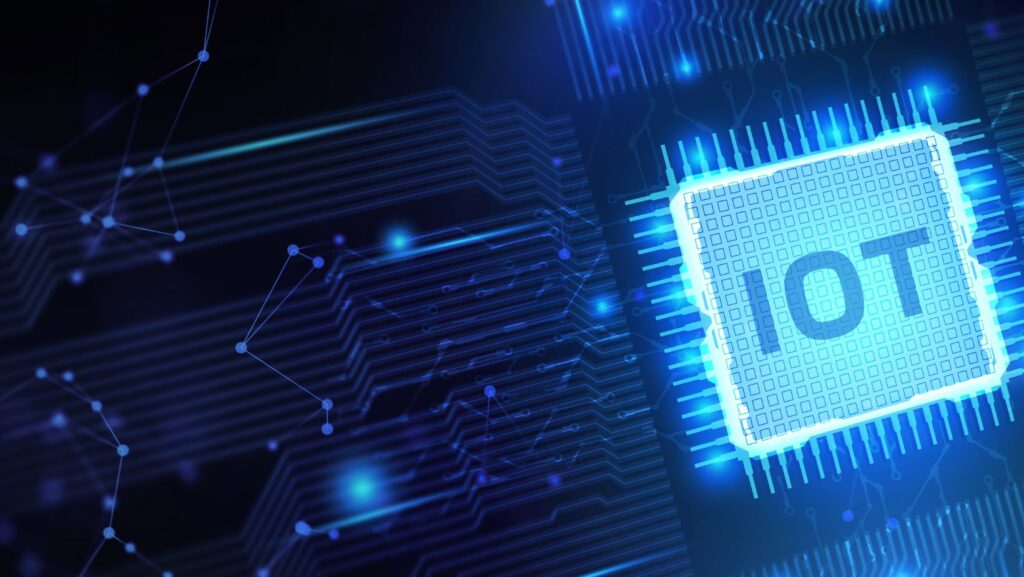Industrial operations rely heavily on machinery, and unplanned downtime can cause significant financial losses. This is where condition-based maintenance (CBM) steps in, shifting the focus from scheduled checks to data-driven decisions. The use of IIoT Software has become a cornerstone in implementing CBM strategies, enabling businesses to monitor equipment in real time, anticipate issues, and extend asset life.
What Is Condition-Based Maintenance
Condition-based maintenance is a proactive approach that uses data from sensors, machines, and other monitoring devices to determine the actual state of equipment. Unlike preventive maintenance, which follows a fixed schedule, CBM relies on real-time insights to trigger maintenance only when necessary. This reduces unnecessary downtime, cuts costs, and helps companies keep their operations efficient. It also minimizes the risks of unexpected breakdowns by identifying early signs of wear and malfunction before they escalate.
By addressing problems at the right time, businesses can extend the lifespan of expensive machinery and improve overall reliability. In many cases, CBM also enables better resource allocation, as maintenance teams can focus on assets that truly need attention instead of following routine checklists. Over time, this data-driven strategy leads to more predictable operations and greater confidence in production schedules.
Role of IIoT in Condition-Based Maintenance
The Industrial Internet of Things (IIoT) provides the infrastructure to collect, process, and analyze machine data. Through connected devices, CBM systems can:
- Continuously Monitor Equipment
Sensors measure vibration, temperature, humidity, and other indicators that reflect machine health. - Detect Early Warning Signs
Algorithms analyze incoming data to identify abnormal patterns that may lead to equipment failure. - Enable Remote Access
Maintenance teams can access dashboards from anywhere, allowing faster decisions and improved collaboration. - Support Predictive Insights
By analyzing historical and live data, IIoT enhances the ability to predict when equipment is likely to fail.
Key Applications of IIoT in CBM
Vibration Analysis for Rotating Equipment
IIoT sensors attached to motors, pumps, and compressors can detect unusual vibrations that signal misalignment or bearing wear. Early detection prevents catastrophic breakdowns and ensures smoother operations.
Thermal Monitoring of Electrical Systems
Overheating in transformers or switchgear often indicates insulation damage or overloading.

Thermal sensors linked through IIoT networks provide real-time alerts, reducing the risk of fire and energy losses.
Lubrication and Oil Condition Tracking
Oil quality sensors can track particle contamination, viscosity, and water content. These insights help schedule lubrication or oil changes based on actual need, extending machinery life and cutting waste.
Monitoring Environmental Conditions
Factories often operate under challenging conditions where humidity, dust, and temperature variations affect equipment. IIoT-connected sensors can alert teams when environmental factors start to compromise performance.
Benefits of Adopting IIoT-Enabled CBM
- Reduced Maintenance Costs – By addressing problems only when they arise, companies avoid unnecessary part replacements and excessive labor costs.
- Increased Equipment Uptime – Real-time monitoring minimizes unplanned downtime and production halts.
- Enhanced Safety – Early detection of faults reduces the risk of accidents and hazardous failures.
- Better Asset Management – Maintenance teams can prioritize tasks more effectively and extend the useful life of expensive machinery.
Challenges in Implementation
While IIoT-enabled CBM offers clear benefits, adoption can be complex. Key challenges include:
- Integration with Legacy Systems – Many factories use older equipment that may not support modern sensors.
- Data Overload – Large volumes of data require effective filtering and analysis tools.
- Cybersecurity Risks – Connected devices increase exposure to potential cyber threats.
- Initial Investment – Implementing sensors, networks, and data platforms requires upfront costs that may concern smaller businesses.
Future Outlook
As IIoT technology matures, condition-based maintenance will continue evolving into more predictive and autonomous systems. Machine learning and artificial intelligence will enhance diagnostic accuracy, while cloud-based analytics will make data more accessible. Companies that embrace these technologies early will gain a competitive edge through reduced costs, improved reliability, and stronger safety standards.


